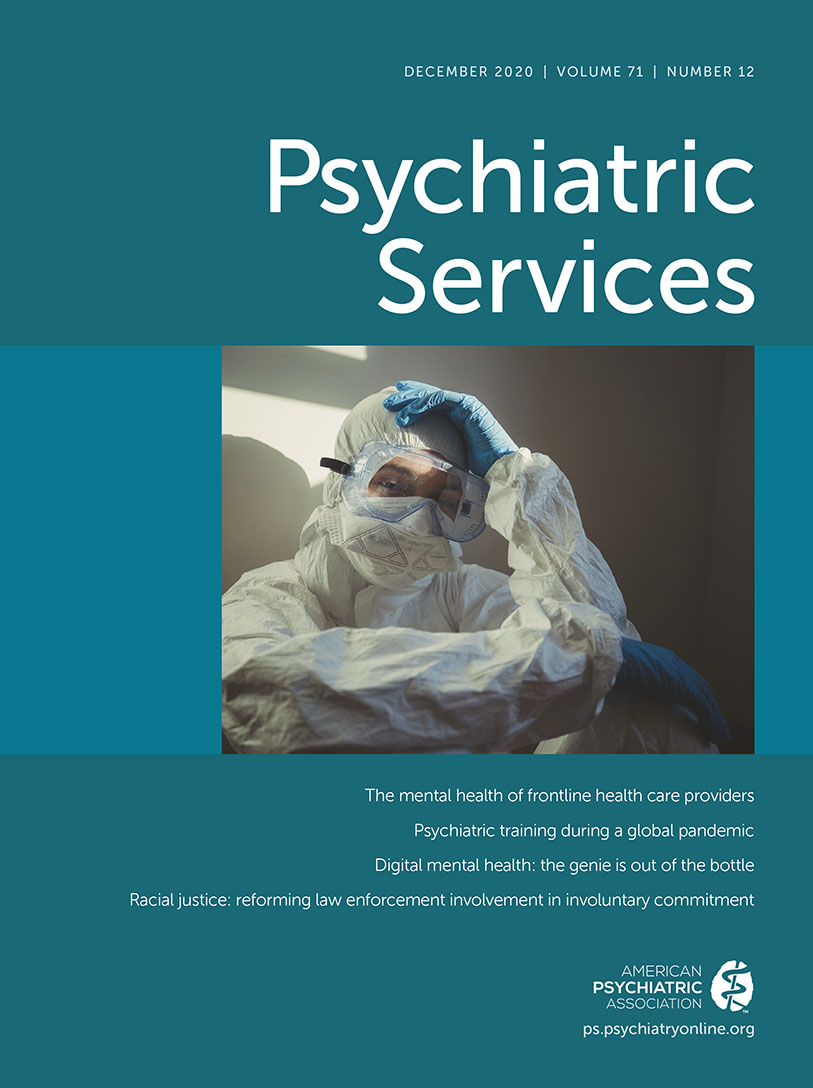Elimination of Routine Screening Laboratory Tests for Psychiatric Admission: A Quality Improvement Initiative
Abstract
Objective:
Research has shown that routine screening laboratory tests for patients with mental health symptoms admitted to psychiatry units find little unexpected clinical abnormalities. This study examined the effects on cost of care and patient safety measures of a hospital change in policy in which such routine tests were no longer required.
Methods:
This retrospective cohort study analyzed data from all patients admitted from the emergency department (ED) to inpatient psychiatry at a tertiary care hospital 4 months before and 4 months after the policy change. Primary outcome measures were number and costs of laboratory tests ordered in the ED and during the inpatient stay. Secondary measures included length of stay (LOS) and number of hospital consultations during admission, patient transfers to nonpsychiatry services, and inpatient deaths. Chi-square tests and Wilcoxon rank sum tests were used to examine group differences.
Results:
In total, data from 1,910 patients were included (886 preimplementation and 1,024 postimplementation). The median number of lab tests ordered during the hospital stay decreased from three (interquartile range [IQR]=3) to two (IQR=3). The median total lab charges decreased from $445 (IQR=$291) to $312 (IQR=$497). Mean ED LOS decreased by 5.5 hours, and the proportion of patients with no blood lab orders increased from 22% to 40%. No increases in consultations or transfers were noted. No patients died at any point.
Conclusions:
A policy that avoids routine laboratory screening tests for patients admitted to inpatient psychiatry can save money, improve patient care, and decrease LOS, without increasing adverse outcomes.



